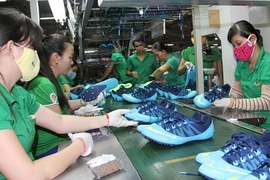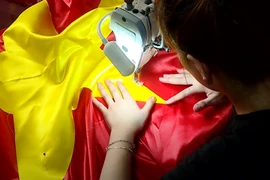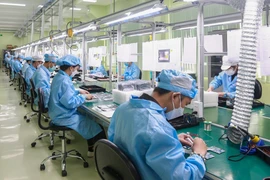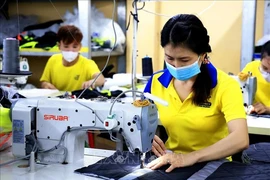The Faculty of Electrical and Electronics Engineering at the Ho Chi Minh City University of Technology has integrated elements on microchips into three majors: Electronics and Telecommunications, Telecommunications Technology, and Circuit System - Hardware, for over 20 years.
The subject is also taught at its graduate school, and the faculty attracts nearly 100 students each year.
To enable students to gain real-time training, the faculty has invested in laboratories with powerful computers to allow students to practice designing semiconductors.
Students at the faculties have produced over 20 chips using the lab equipment. Quality has been proved by cooperative requests from both domestic and overseas partners, most notably the Viettel Group.
Vietnam boast the potential to join the global semiconductor value chain at the designing stage but still lacks human resources in the field. To bridge the gap, the Ho Chi Minh City University of Technology has introduced two new majors: microchip design at the undergraduate level and semiconductor microchips at the graduate level.
The programmes are also expected to make the university a leading educational institution in semiconductor technology in Vietnam. After that is achieved, it expects to be listed among the 100 best universities in Asia./.



















